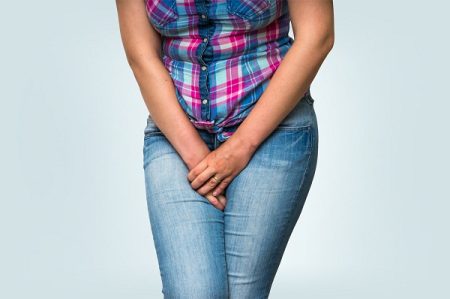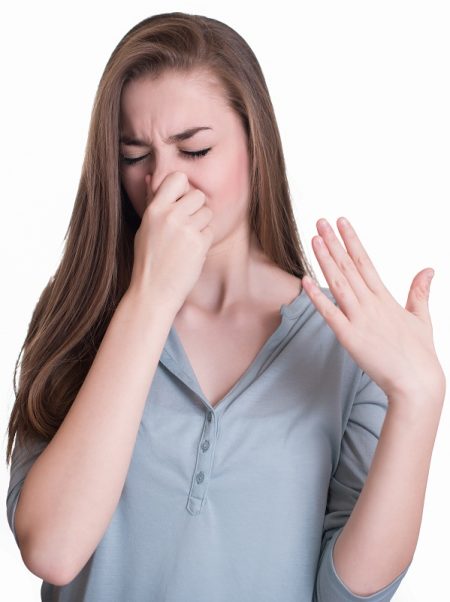Yeast Infections: What Causes Them and How to Prevent Them
- Updated on: Oct 23, 2024
- 5 min Read
- Published on Oct 23, 2024


Yeast infections (also known as candidiasis) are a common type of fungal infection that most people will contract at some point in their life. Thrush is the most well known example – however there are other types of yeast infection too.
This post delves more into the causes of yeast infections and the steps you can take to prevent them.
What is a yeast infection?
Yeast is a type of fungus that we all have growing inside our bodies. It’s in our skin, in our mouths and in our gut. Women also have some yeast in their vaginal area. This yeast plays an important part in our body’s microbiome – supporting our immune system and aiding digestion.
While it’s healthy to have some yeast in our bodies, too much yeast can cause problems. There are things that can cause our body’s yeast levels to be thrown off balance. This is what is known as a yeast infection.
Vaginal yeast infections are the most common type of yeast infection and affect up to 75% of women in their lifetime. Symptoms of this infection include:
- Itching and soreness in the vagina
- Pain or discomfort while urinating
- Redness and swelling
- Unusual discharge
- Pain during intercourse
Oral thrush is also common – affecting mostly kids, but some adults too. Symptoms of oral thrush include:
- White spots on the tongue or inside of mouth
- Loss of taste or an unpleasant taste in the mouth
- Difficulty eating and drinking
- Pain and burning in serious cases
- A cottony feeling around the mouth
What causes yeast infections?
There are many things that can cause a yeast infection to develop. Some of the main causes include:
Hormonal changes
Hormone levels affect our body’s yeast balance. Women are particularly prone to yeast infections during periods of hormonal change such as during pregnancy, menopause, a period or when adopting new birth control.
Antibiotics
Healthy bacteria in our body helps to keep fungus levels under control. When you take antibiotics, you can end up wiping out this healthy bacteria, which can allow fungus such as yeast to thrive. Therefore many people experience yeast infections while on antibiotics.
Poor diet
A high sugar or high carb diet can also lead to yeast infections. In fact, many vaginal yeast infections are thought to be caused by a high sugar diet, which can throw off the PH balance of the vaginal area.
Unmanaged diabetes
Diabetes causes many people to have overly high blood sugar levels. This can also encourage yeast to overgrow and lead to infections.
Synthetic materials
Many synthetic materials do not absorb moisture well and can trap heat. Lots of moisture and heat creates the perfect environment for yeast to grow. Nylon and spandex clothing and even tampons containing plastic can be a cause.
Scented products
Many scented products contain chemicals that can also throw off our body’s balance of yeast. Using scented soaps on intimate areas like the vagina is believed to be a major cause of yeast infections.
Weakened immune system
Our body’s immune system is often able to fight off excess fungus independently. But when our immune system is weakened, it is not as effective, enabling fungal infections to develop. You may find that you’re more prone to yeast infections while fighting off a cold or another illness.
Stress
Stress weakens the immune system and raises blood sugar levels – two things that, as already discussed, can lead to a yeast infection.
Dry mouth
Saliva helps to keep our mouth’s balance of bacteria and fungus in check. If you’ve got a dry mouth, bacteria and fungus are more likely to thrive – putting you at greater risk of oral thrush.
Smoking
Smokers are also more likely to get oral thrush. This is because smoking dries out the mouth and disrupts the microbiome.
Intimacy
Yeast infections can be spread orally through kissing. Although not considered an STI, they can also be transmitted through sexual activity.
How to prevent yeast infections?
Practice good hygiene
Regular washing can keep yeast infections at bay. When preventing vaginal yeast infections, it’s important to regularly wash the vaginal area with water, but to avoid using scented soaps (these will increase the risk of developing a yeast infection).
Wear breathable fabrics
Organic breathable fabrics like cotton and wool can help to keep our body ventilated and soak up moisture. This in turn can help us maintain healthy fungus levels around the body. Try to avoid wearing materials like spandex and nylon too often.
Change out of wet clothes
Wearing a damp swimsuit all day might increase the chance of a vaginal yeast infection. Yeast thrives in damp conditions. By changing out of wet clothes into dry clothes, you can ensure that you’re not creating the perfect environment for a yeast infection.
Switch to organic period products
Synthetic period products may increase the risk of yeast infections in some women. Organic period products are more breathable, as well as being better for the environment. Look into organic tampons and pads made from quality materials that are certain to have the absorbency of synthetic ones.
Take probiotics
Probiotics are made up of healthy bacteria and yeast. They are found in products like yogurt, kombucha and sauerkraut. Incorporating these foods into your diet can help to keep bacteria and yeast levels just right.
Control your sugar intake
Making sure that you’re consuming a healthy amount of sugar will prevent yeast levels from being affected. Experts recommend no more than 30 grams per day (the equivalent of 7 sugar cubes). It’s particularly important to control your sugar intake if you have diabetes. In this case, you will likely have to consume much less sugar than the recommended amount (a doctor or nutritionist will be able to advise you on exactly how much to consume).
Reduce daily stress
De-stressing could also reduce your susceptibility to developing yeast infections. Try to make time in the evening to relax after a hard day. Activities like taking a bath or listening to music are great for de-stressing. Exercise is also a great stressbuster, but is not advised late in the evening as it could make it harder to get to sleep. Try to get a good amount of hours’ sleep as this will also help to limit stress.
Quit smoking
As smoking can be a cause of oral thrush, quitting is a good solution for avoiding it. It could be particularly worth quitting smoking if you’re experiencing thrush or other oral infections regularly. Vaping may be not better for your mouth, so you may want to consider other methods of quitting such as nicotine pads.
How to treat a yeast infection
Antifungal medication can help to clear up a yeast infection. There are forms of this medication that you can buy over the counter. However, more aggressive fungal infections may require prescription medication to clear up.
Try to avoid scratching the area as this could make it worse and spread it to other parts of the body. You should also refrain from kissing or sexual activity (depending on where the infection is located). On top of this, you may want to avoid sharing towels.











